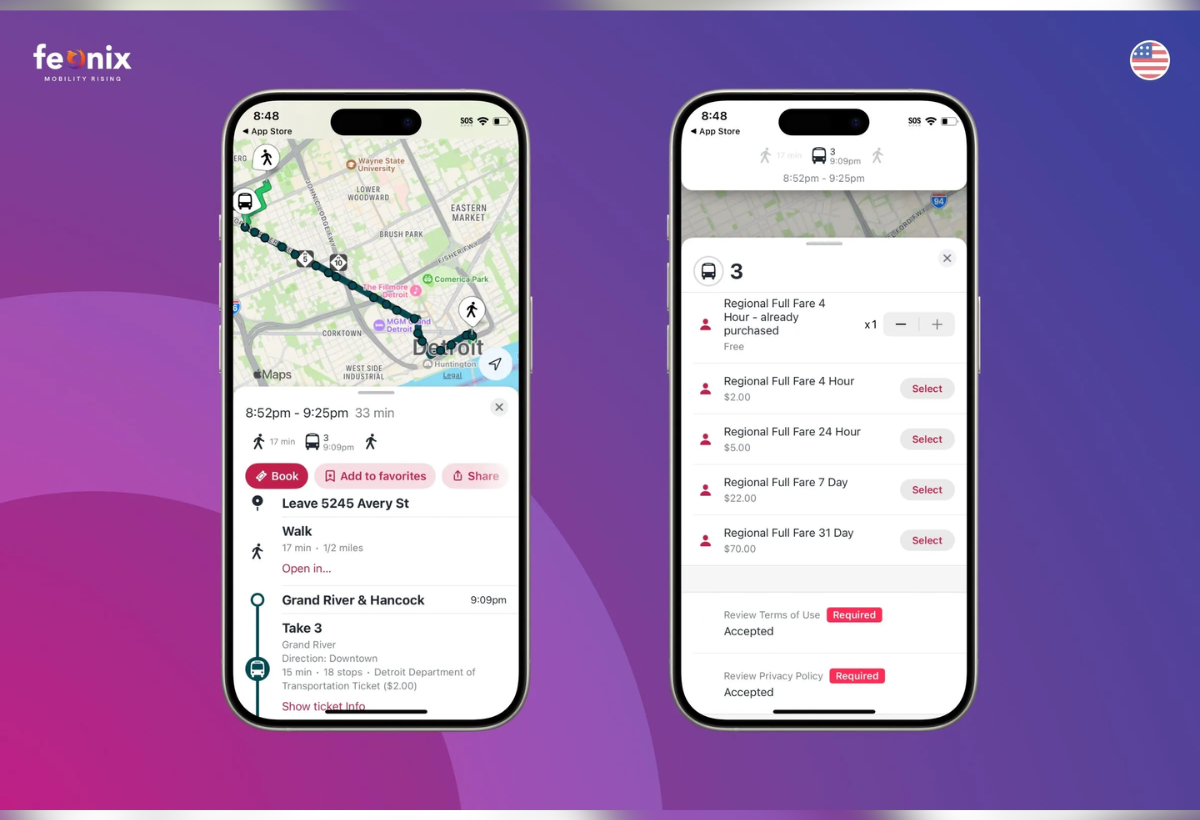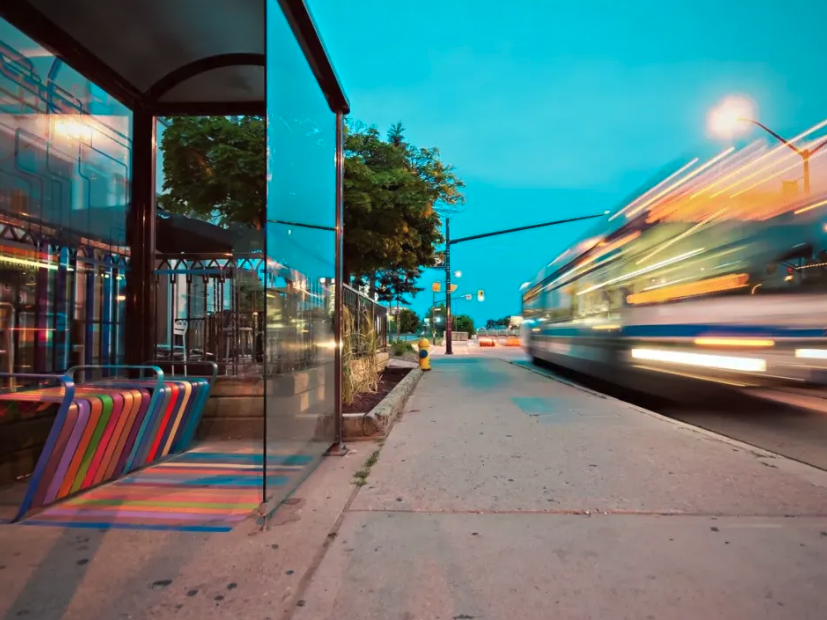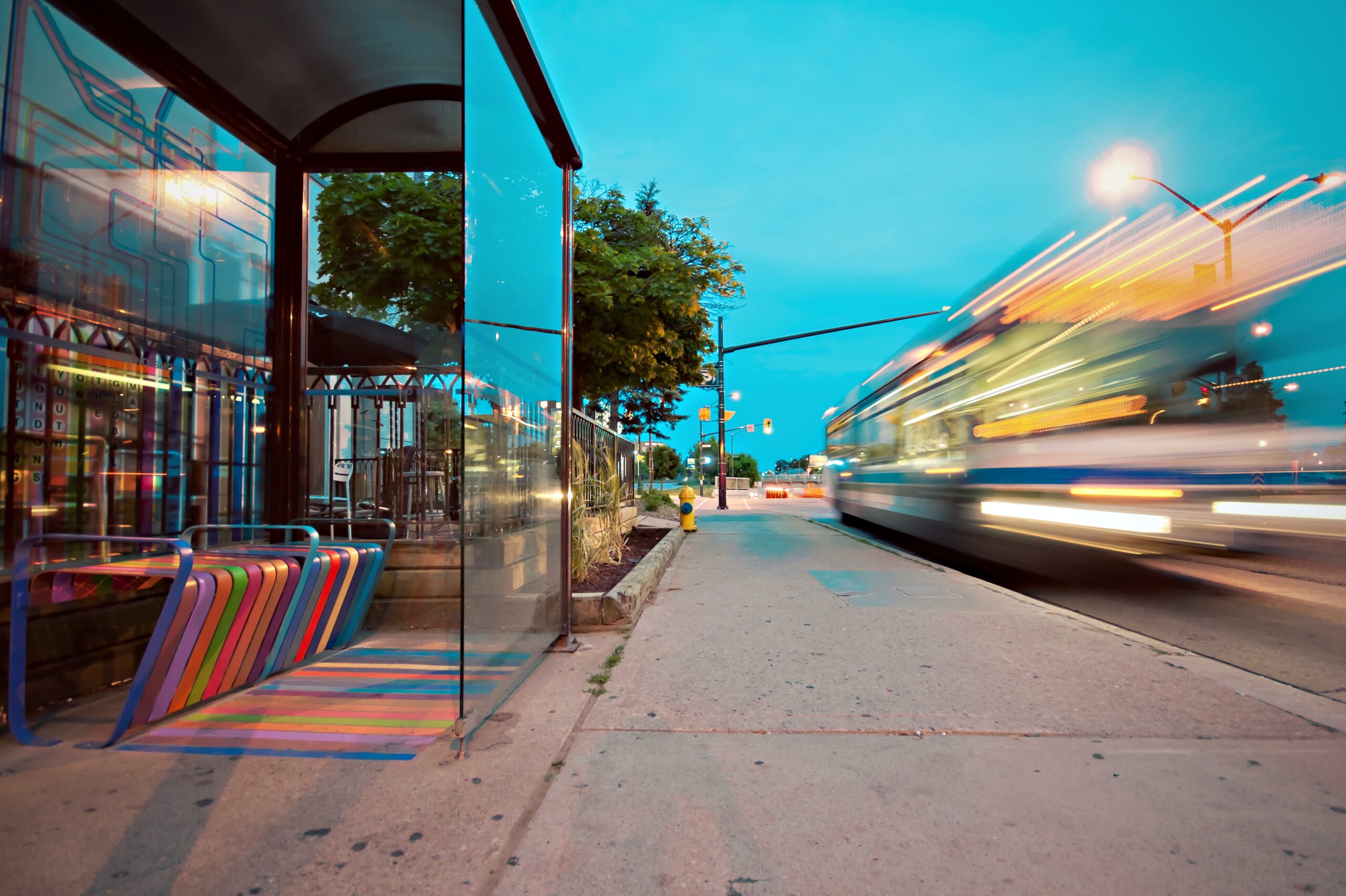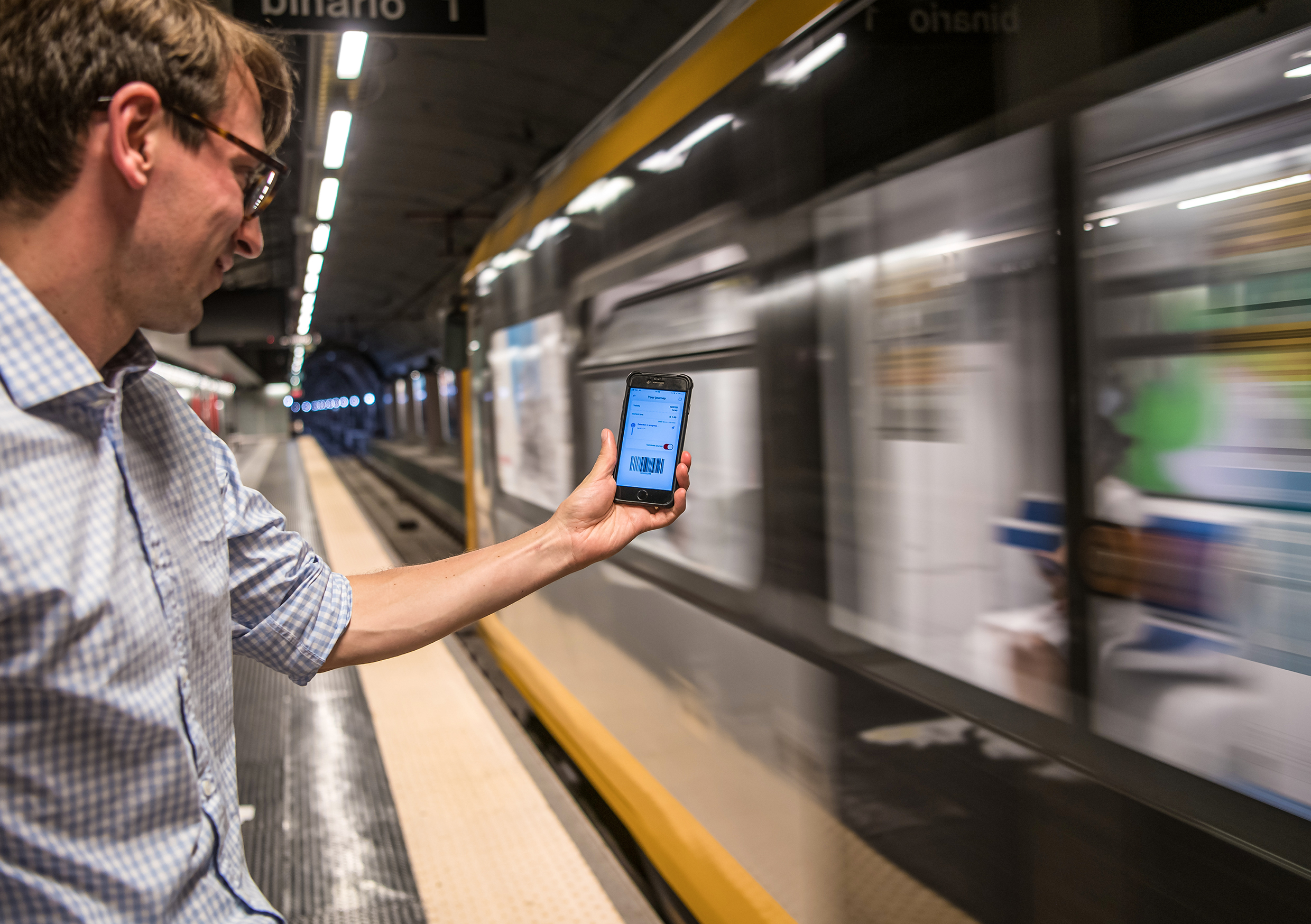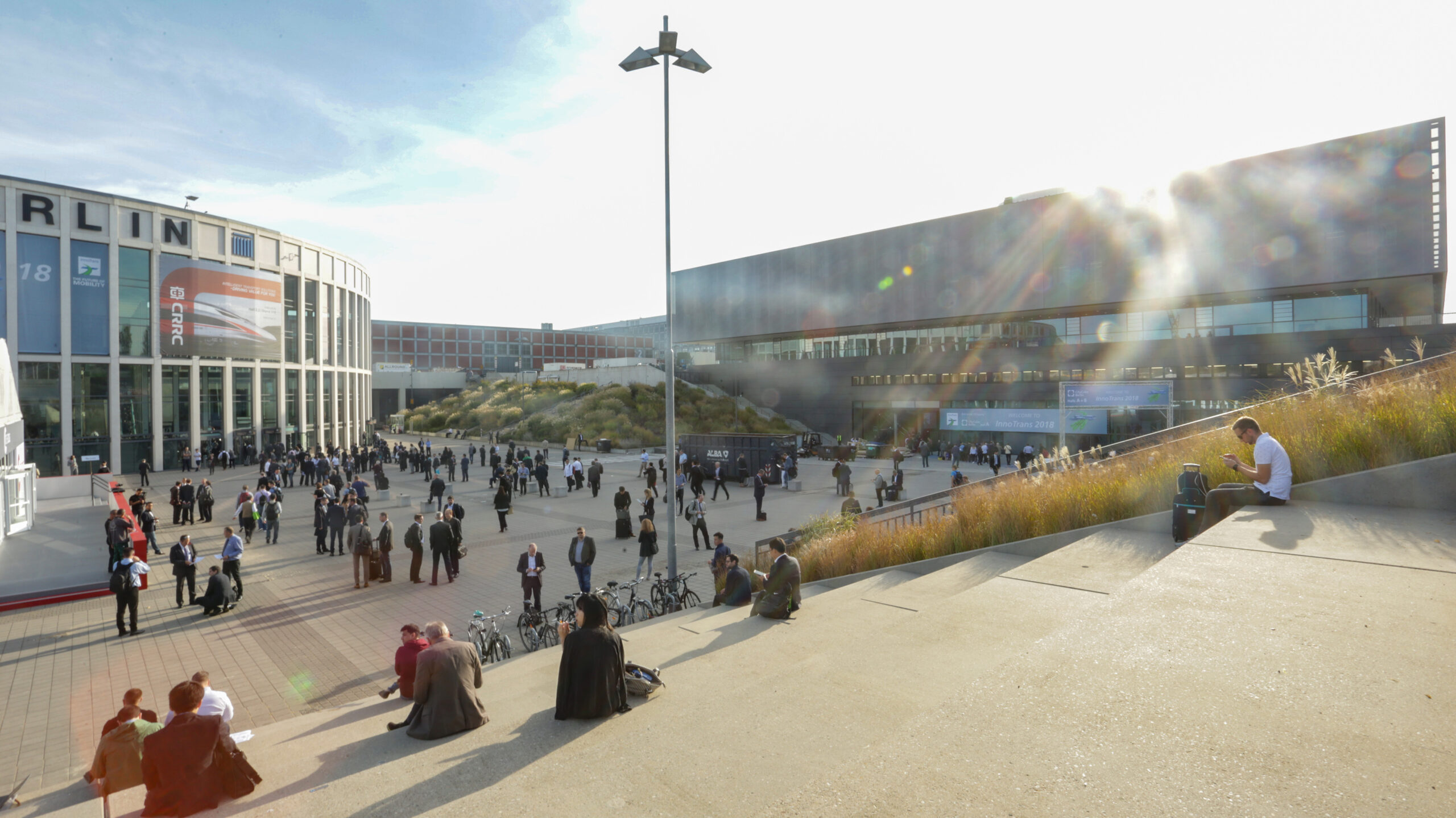Can MaaS Work in Rural Areas?
Access to transport is essential for the social, economic and personal wellbeing of rural communities. Yet they often lack the services found in cities, leaving many people in transport poverty – or with no option but to use private single-occupancy vehicles.
This is a major concern given that about 83 per cent of the European Union (EU) is made up of rural areas, home to 30.6 per cent of its citizens. Globally, 3.4 billion people, 43.4 per cent, live in rural areas. This means that a sizable proportion of the population may find even the most essential journeys a challenge – something which is much less of a problem for the average urban dweller.
Clearly, there’s no quick fix but it got us thinking: could Mobility as a Service (MaaS) be adapted to rural regions and, if so, what might this look like?
The Problem with Rural Mobility
Firstly, we need to understand some of the reasons why mobility is an issue in rural communities. Often this is due to a lack of infrastructure such as poor road and rail networks, and poor economic viability for transport providers due to dispersed populations and low capacity. This makes public transport costly to run, with the World Economic Forum citing that 85% of rural bus operators don’t break even. It’s often also expensive for passengers and infrequent with few services each day or no availability after certain times. The problem is further exacerbated by poorly publicised transport options so people don’t always know what is available and when, or if there are alternatives available should transport be late or cancelled.
These issues, which are not an exhaustive list, make it difficult for people to access the services they need which can have a detrimental impact on their daily lives. Without access to transport, people cannot get to work or access education, healthcare or other essential services. The opportunity to socialise with friends and family, connect with the wider community or explore the region in which they live is also limited. Those most impacted include people who are neurodiverse, have reduced mobility, the elderly and parents with children. Long-term economic poverty and social isolation can greatly decrease wellbeing.
Adapting MaaS to Rural Locations
Developing a solution requires a fundamental rethink and collaboration between transport authorities, organisations and tech providers to foster a greater understanding of how transport and technology can support rural areas. What works in the city won’t necessarily work here and will depend on the degree of rurality. While sustainability is important, precedence has to be given to community wellbeing.
Thankfully, there are several projects which are looking at this problem to see how MaaS could help. A project by iMOVE in Australia is set to create a blueprint for future rural MaaS initiatives building on the work of the Sydney MaaS trial. It suggests that flexible, high-occupancy rideshare, active travel, private electric vehicles and electric car sharing services may be viable options.
Likewise, UITP cites combining public transport with on-demand and shared mobility, including peer-to-peer and volunteer options. Its RIDE2RAIL project set out to create a framework for multimodal transport, combining flexible options such as ridesharing and carpooling with fixed transport. In Belgium, the volunteer service Mobitwin provides transport for people who find it difficult to get around for a variety of reasons. These types of services hold a lot of potential and are a lifeline for many residents. Additional rural transport options could also include underutilised business fleets or neighbourhood schemes that incentivise or reward people for car sharing.
With the ubiquity of mobile devices, we can also use technology to aggregate all transport options including active travel, so people can find out what modes are available, plan trip chains and access information on delays, traffic/environmental conditions (such as roadblocks and flooding) and changes to routes. The ability to plan, book and pay for transport within the app would also help to make life easier.
Research by the International Transport Forum highlights how mobility hubs should ‘act as the glue’ between local services and the main network, with MaaS being regionally or nationally led. It calls for convenient and affordable transport as the basis for encouraging more sustainable travel behaviours. Indeed, journey planning apps could support different pricing strategies depending on rural needs. These could include free or reduced-price tickets for low-income families, the elderly or to help young people to get to work. Subsidies could further support the use of fixed or dynamic public transport, with P2P or community services for the first/last mile.
A further aspect to consider is that some rural residents have limited experience or no access to digital technologies, making them less likely to adopt new services. Local government and community organisations could develop a MaaS ecosystem that allows people to phone in to access services or to provide access for carers, social workers and healthcare professionals to organise transport on their behalf. Our US client Feonix – Mobility Rising is a great example of this in action and highlights how SkedGo can shape its MaaS technology to the needs of communities.
A Tough Challenge
Rural transport is clearly not without its complexities, and tailoring MaaS to this environment is a difficult task. Much depends on the available mobility options, local government policies and funding to support rural transport. Yet MaaS frameworks can help to alleviate some of the issues by integrating the mobility options that are already available, including volunteer services and active travel where appropriate. This requires a commitment from local governments, transport operators and other community stakeholders to work together and take the first steps. However, ultimately it’s only by taking action that rural citizens will get the mobility options they need to thrive and in doing so, keep people out of the transport poverty trap.
If you would like to find out how MaaS could support your community or region, please get in touch.
This article was originally published by SkedGo Pty Ltd.


